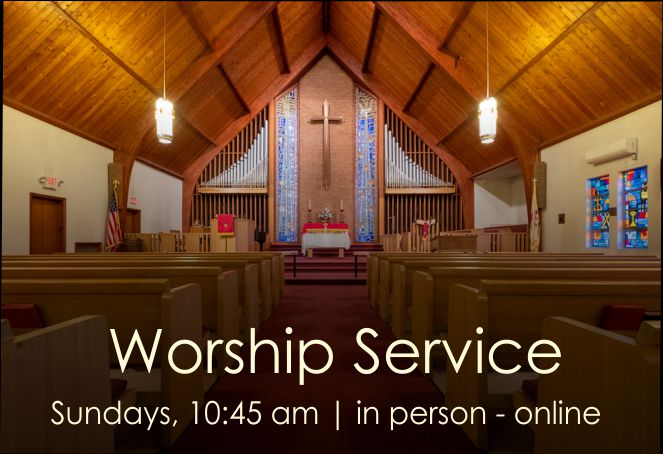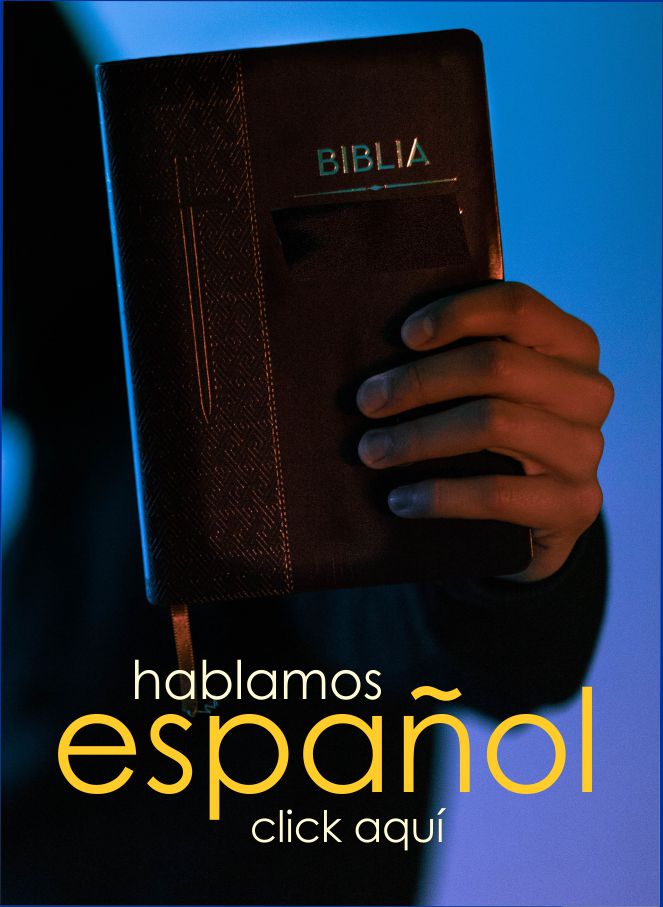Where Did Jesus Go?
This week in the church calendar, we move closer to a strange and powerful moment: Ascension Sunday. The day we remember when Jesus was lifted up and returned to God. If we stop there, the story might feel like Jesus just disappeared. Like he left us. But the truth is the opposite: when Jesus ascended, he didn’t go away.




















